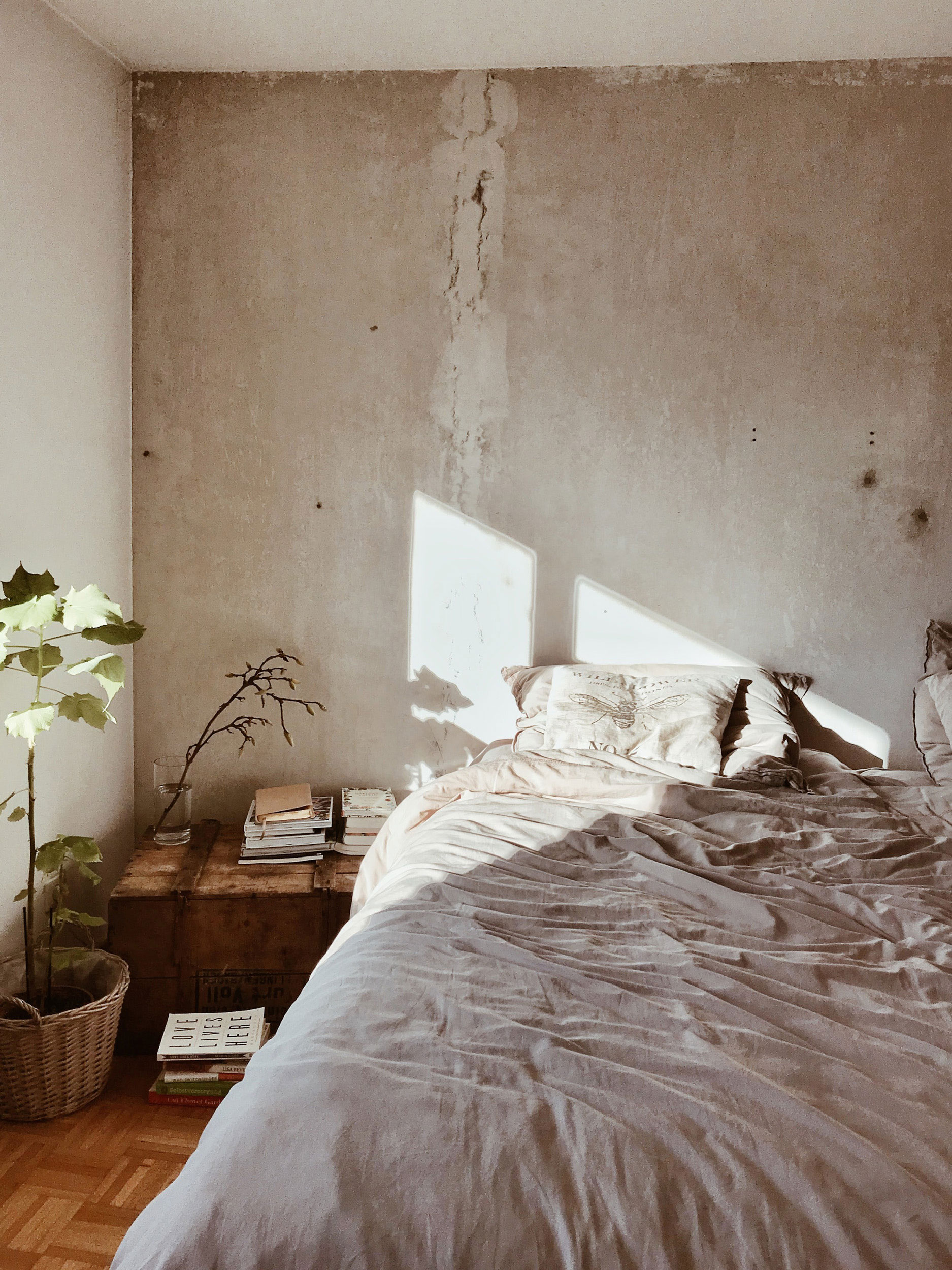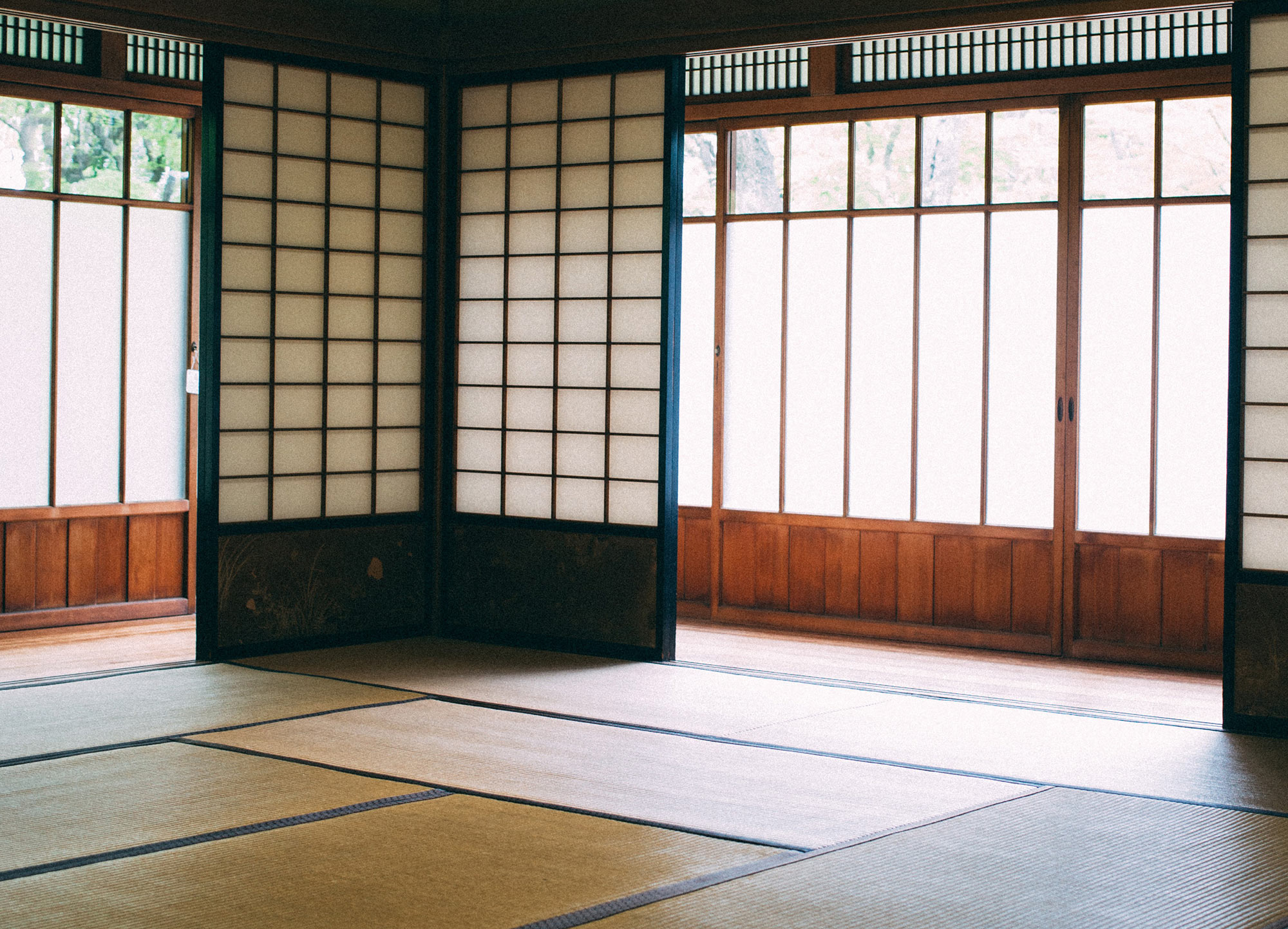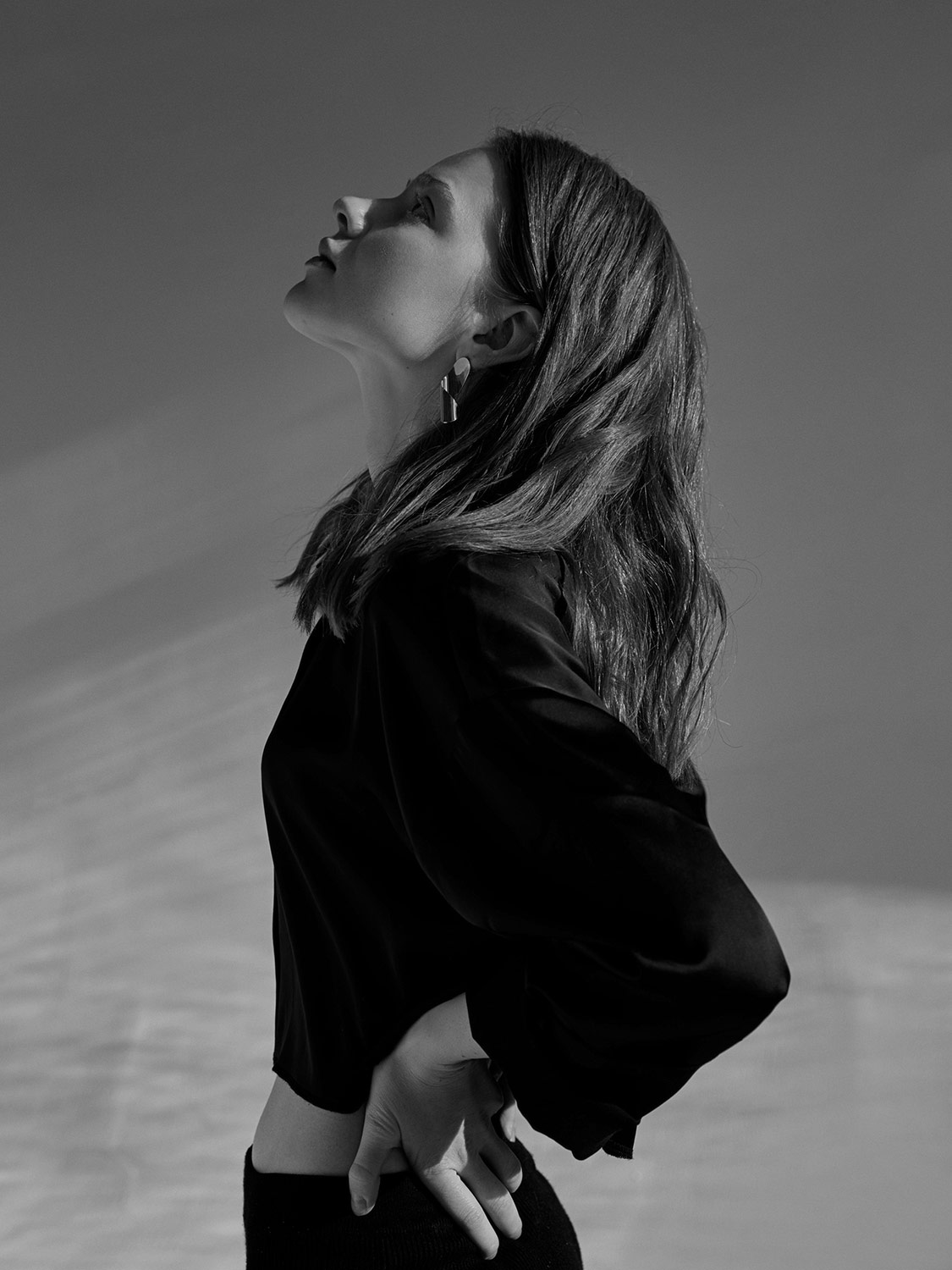I met Andrea Lorenzo at her home in the suburb of Los Angeles on an airy summer day to discuss her personal style as an art director. At first glance, Andrea's house seems modest and nothing out of the ordinary, but out of everything, what caught my attention the most was the small wilting tree branch placed on top of her bedside table. I asked Andrea why she didn’t replace the branch with one that is blooming with flowers. Andrea smiled and said, “I am embracing wabi sabi”.
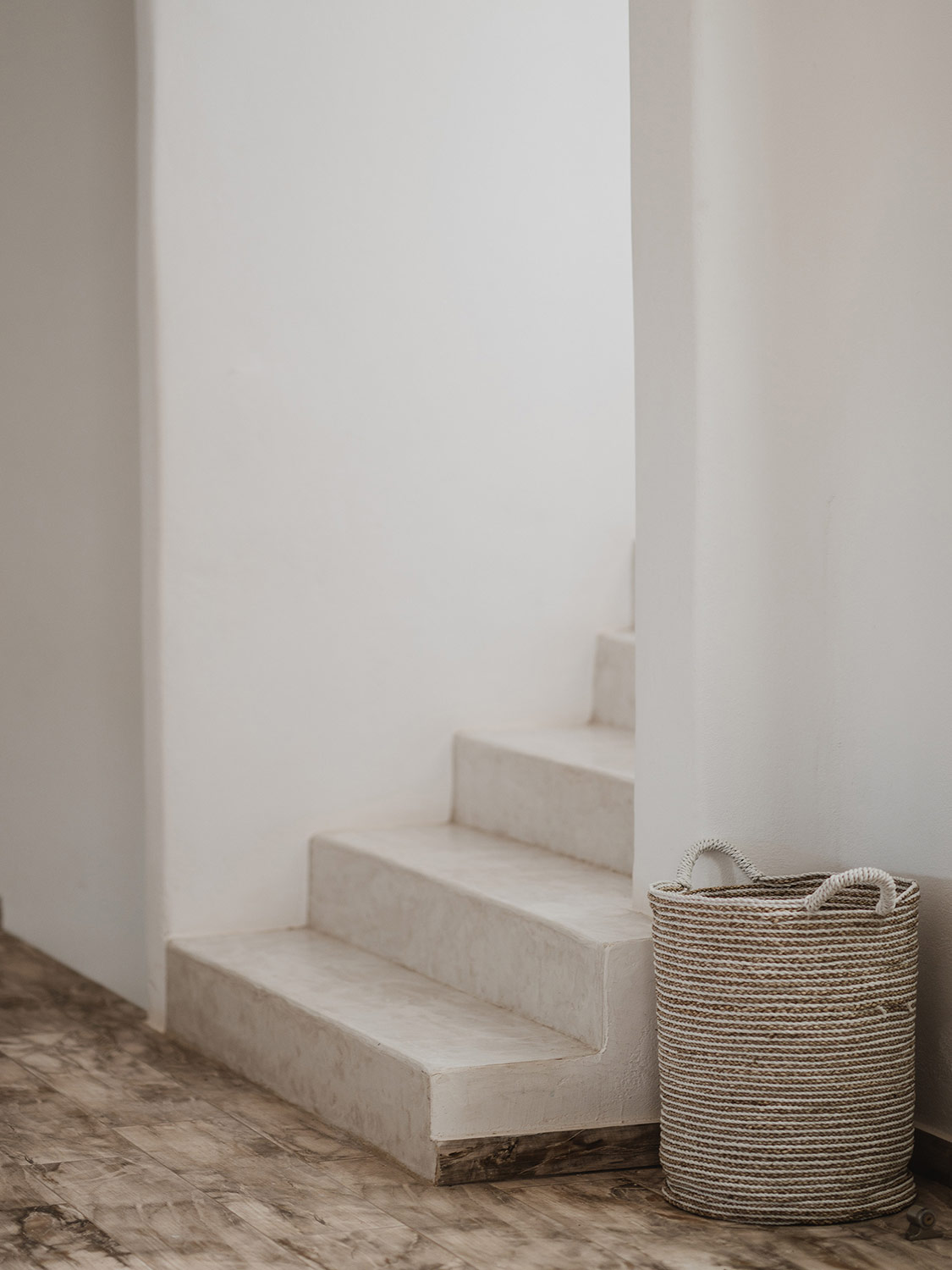
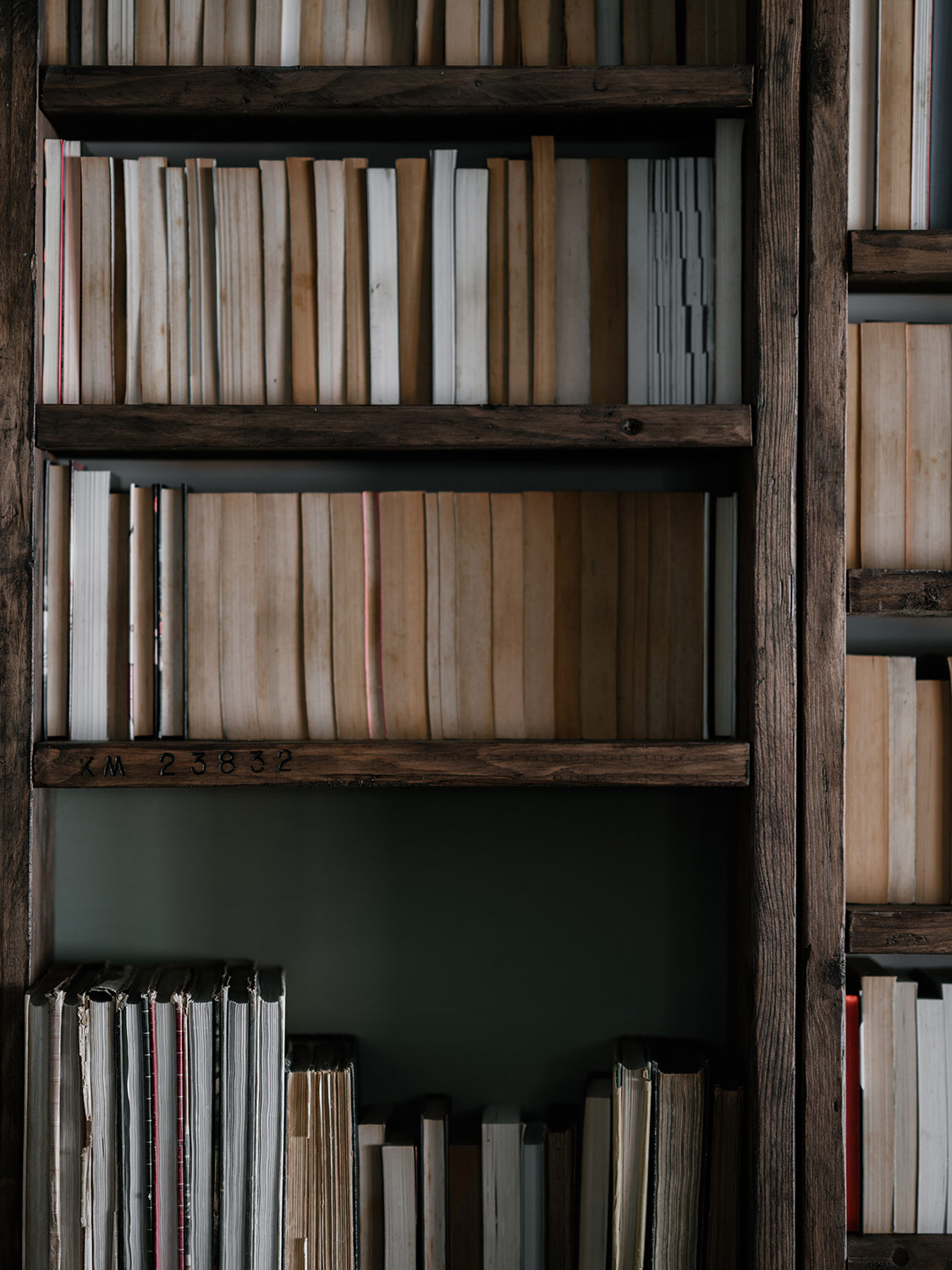
The house was originally her parents’ former residence. Andrea’s father, Riccardo Lorenzo, who was an architect, built it for him and Andrea’s mother in 1984, but rented it out after moving back to Italy just a few years later. After graduating college and completing an internship at one of Milan’s leading design studios, Andrea decided to relocate to Los Angeles and took over her father's house.
“At the time, the reason I moved to Los Angeles was simply because I felt that was the only way for me to step out of my comfort zone, from the familiar art scene of Europe and grow as a creative. Soon enough, however, it struck me that the opportunities that were offered to me come with a cost—the pressure of living in a fast-paced city where glamor and materialism are at the forefront of everything”, says Andrea. It was not until she visited an artisan pottery shop in Kyoto that she discovered the concept of wabi sabi. It is a worldview that has helped her find meaning and balance amidst the unrealistic ideals of perfection and flawlessness perpetuated by social media that dominate Western culture.
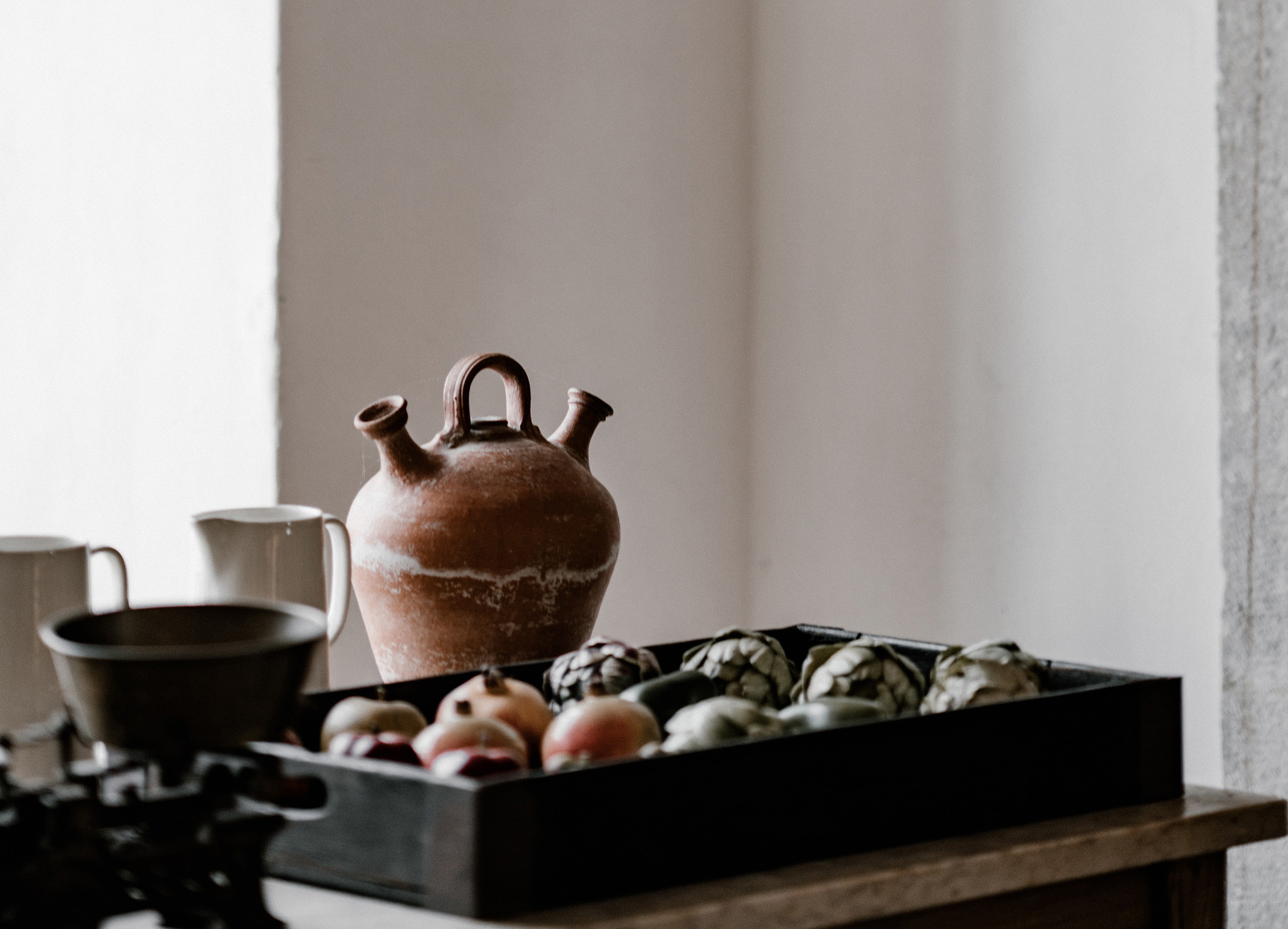
“It is much more than minimalism and simplicity”, she says. “It is difficult to pinpoint exactly what wabi sabi is. To me, its essence lies in appreciating imperfection in all aspects of life.” After coming back from the trip, Andrea sought to bring that ethos into her work, lifestyle, and more importantly, her own home. Her home is the opposite of curated interiors. There are no sleek surfaces, clean lines nor symmetry. Each room is adorned with aged wood floors and furniture, while the white walls bear rustic scratches left behind by the passing of time.
“Designer Kenya Hara once wrote in his book White, that white is emptiness; it is a vessel ready to be filled in; it is possibility. I think part of the reason why some people are so drawn to white as a color is due to its transient quality. Pure and beautiful in its original state, but easily soiled. White, to me, is the building block of wabi sabi”, says Andrea. Although Andrea uses white as a backdrop for her home, it doesn’t feel austere, rather, the marks and crevices on the walls along with ample of sunlight coming through the house's big windows lend a feeling of coziness to her home.
“There is no beauty that is as raw and tender as the marks created by the effects of nature.
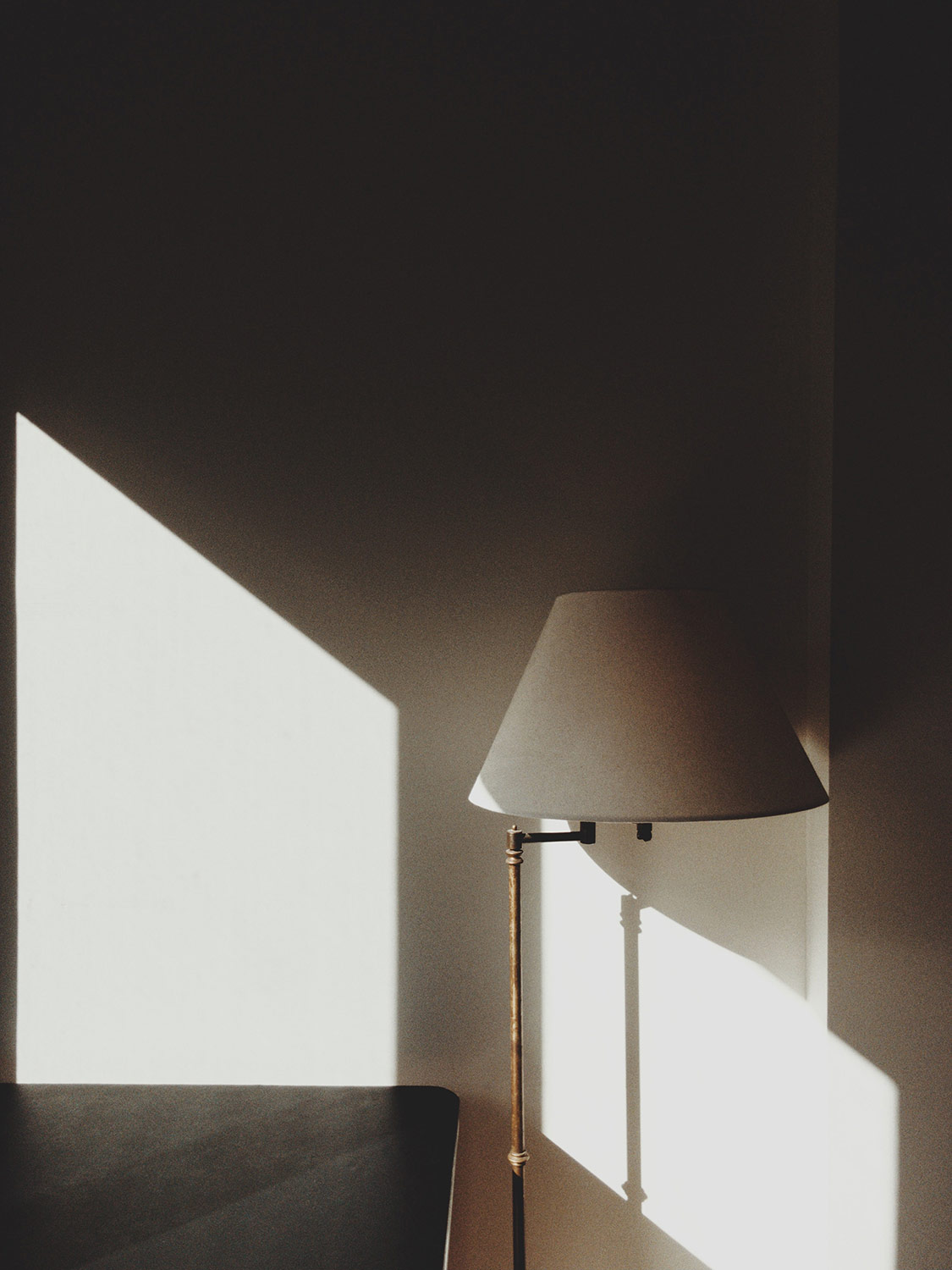

Andrea's collection of decor and objects are all made from natural materials, from the straw laundry basket to the earthenware that grace her kitchen. “There is no beauty that is as raw and tender as the marks created by the effects of nature. Take handmade ceramic, for instance, you won't find two pieces that look exactly the same. Due to clay being a natural material, the ceramic will change its texture and even its shape as years go by”, she says. “Nothing screams wabi sabi than linen. The wrinkling and crumpled qualities of the fabric breathe life into my bedroom. It signifies the fact that someone is living here, that this is not just a house but a home.”
Every corner of Andrea’s home takes on a life of its own, having its own story and standing the test of time. After the conversation with Andrea, it struck me that underneath a seemingly unattractive cover lies a muted beauty that can only be obtained in the moment, and its fleeting quality further adds to its value. The wilting branch, like all things, is impermanent, withered, yet so authentic. Its changing form is a reminder of growth, of complexity, of experience, and of life itself, which is imperfect.
